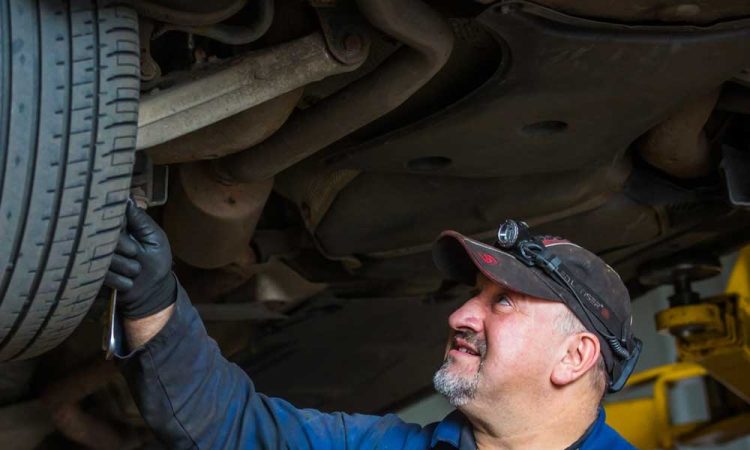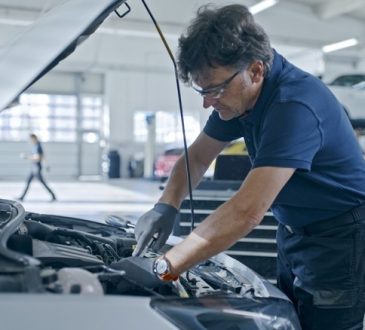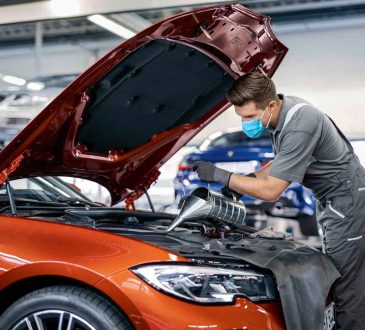How Technicians Identify Wear in Flexible Fuel Hoses

Flexible fuel hoses are essential for proper engine function. They carry fuel safely to the combustion system every day. Wear in these hoses can cause leaks or sudden fuel loss. That failure may harm both engine and driver safety on roads. So technicians inspect hoses with care and professional knowledge. Then the car runs reliably and avoids dangerous malfunctions. A well maintained hose supports strong performance and safe operation. This step ensures vehicles stay dependable under normal driving conditions. Identifying wear early protects both engine life and human safety always.
Detecting Soft Spots
A soft spot often develops in old or stressed hoses. That area is weaker and may collapse under pressure easily. So the technician presses and bends hoses gently to feel weakness. Then any soft section is marked for repair or replacement immediately. This careful check prevents fuel from leaking unexpectedly during driving. Soft spots often appear near bends or attachment points in hoses. Identifying soft areas early avoids sudden breakdown and costly repair later. The driver benefits from strong fuel flow and steady engine power. Soft spots signal the need for professional attention without delay.
Recognizing Bulges in Hoses
Bulges form when hoses swell from trapped fuel or internal pressure. That swelling indicates weakness and possible rupture under high pressure. So the expert inspects each hose for abnormal enlargements along its length. Then a bulged hose is replaced to restore safe operation. This step prevents sudden fuel release that may cause fire hazards. Bulges often appear near clamps or tight fittings in hoses. Identifying this problem ensures steady pressure and uninterrupted engine performance. The driver gains confidence knowing hoses are strong and intact. A bulge is a warning that professional action is required quickly. Hiring the Auto Repair in Brownsburg, IN based service to address this is essential.
Finding Cracks and Surface Damage
Cracks may form from aging rubber or continuous heat exposure. That damage can start small and grow over a short period. So the technician visually examines hoses under bright light for splits. Then any cracked hose is replaced or repaired immediately for safety. Cracks can release fuel and vapors that increase risk on roads. Surface inspection also looks for dry spots and flaking rubber. Identifying cracks early avoids dangerous leaks and unexpected breakdowns during trips. The driver benefits from secure fuel lines that maintain proper pressure. Cracks are easy to miss but can cause severe problems fast.
Conclusion
Identifying wear in flexible fuel hoses is essential for vehicle safety. Technicians look for soft spots bulges cracks and weak connections carefully. Then hoses are repaired or replaced to prevent dangerous fuel leaks. This inspection protects both engine performance and driver well being during trips. So early detection avoids costly repairs and sudden breakdowns on roads. Properly maintained hoses ensure steady fuel delivery and reliable operation. The expert process keeps vehicles running safely under all normal conditions. Detecting wear is critical for long lasting performance and peace of mind. Every flexible hose must be inspected with professional care regularly.









